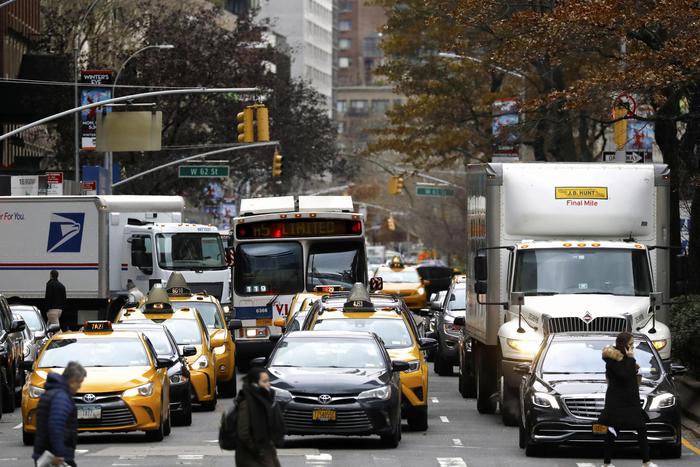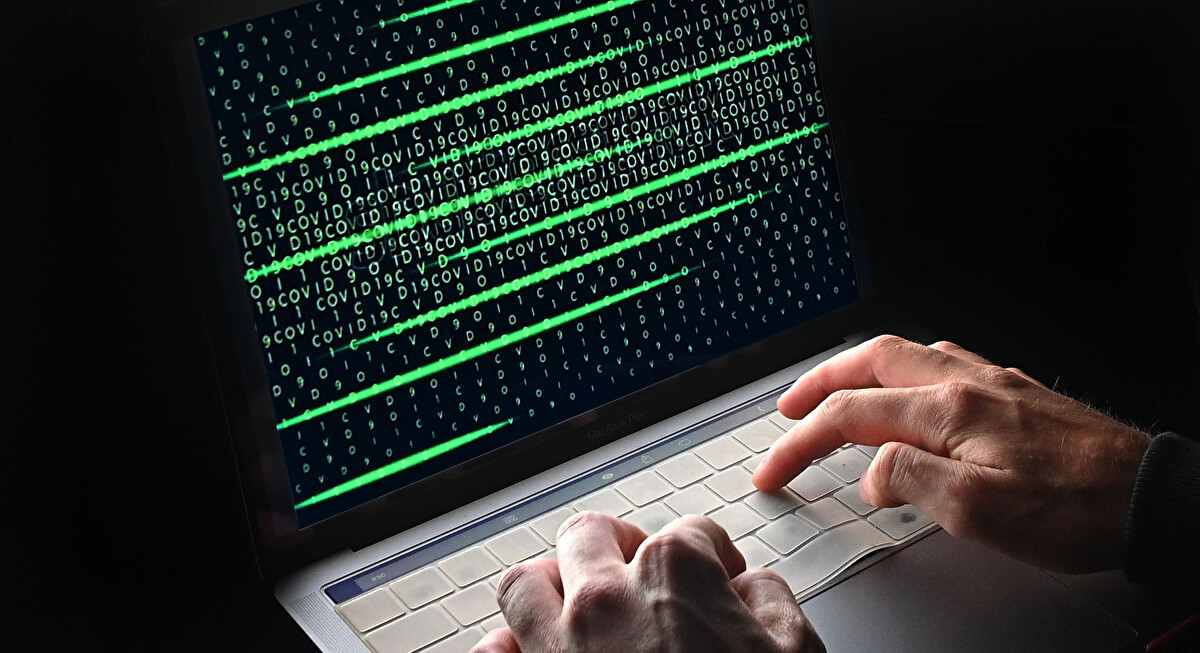New York City’s controversial congestion pricing system is now officially in effect. As of midnight Sunday, drivers heading into Manhattan’s central areas must pay a $9 toll.
The new measure targets private vehicles entering the area south of 60th Street, with fees varying depending on the time of day. During peak hours—Monday through Friday from 5 a.m. to 9 p.m. and weekends from 9 a.m. to 9 p.m.—the toll for cars is set at $9. Larger trucks face a significantly higher fee, with charges reaching $21.60. Off-peak hours, however, offer a much lower rate of $2.25.
Additionally, drivers with E-ZPass will receive a $3 discount when accessing the toll zone through the Lincoln, Queens-Midtown, Hugh L. Carey, or Holland tunnels. For lower-income individuals earning less than $50,000 annually, a 50% discount is available after the 10th trip in a given month.
The initiative, spearheaded by the Metropolitan Transportation Authority (MTA) and backed by New York Governor Kathy Hochul, is designed to reduce congestion and curb pollution in Manhattan’s core. The tolls are also expected to generate significant funds for public transportation improvements, with the MTA projecting a $15 billion revenue boost, which will be mainly invested in projects such as extending the Second Avenue subway line and purchasing hundreds of new electric buses.
Despite the MTA’s optimistic outlook, the new toll has sparked backlash, particularly among drivers. Critics argue that the scheme unfairly targets low-income workers and essential services, such as teachers, police officers, and firefighters. “We already live in an incredibly expensive city. Adding a toll just to cross through my neighborhood is ridiculous,” said Samantha Popper, a local resident near 61st Street, in an interview with the New York Post.
Drivers for ride-sharing services like Uber and Lyft have also voiced concerns, claiming that the toll will ultimately burden their customers. “In the end, it’s the passengers who will pay the price for all of this,” said one driver.
The toll’s rollout comes amid a politically charged atmosphere. President-elect Donald Trump has criticized the plan as “one of the most regressive taxes ever devised,” aligning himself with the 51% of New Yorkers who oppose the measure, according to a recent Siena College poll.
On the other hand, proponents argue that the toll is a necessary step to combat Manhattan’s persistent traffic issues and promote the use of public transportation.












